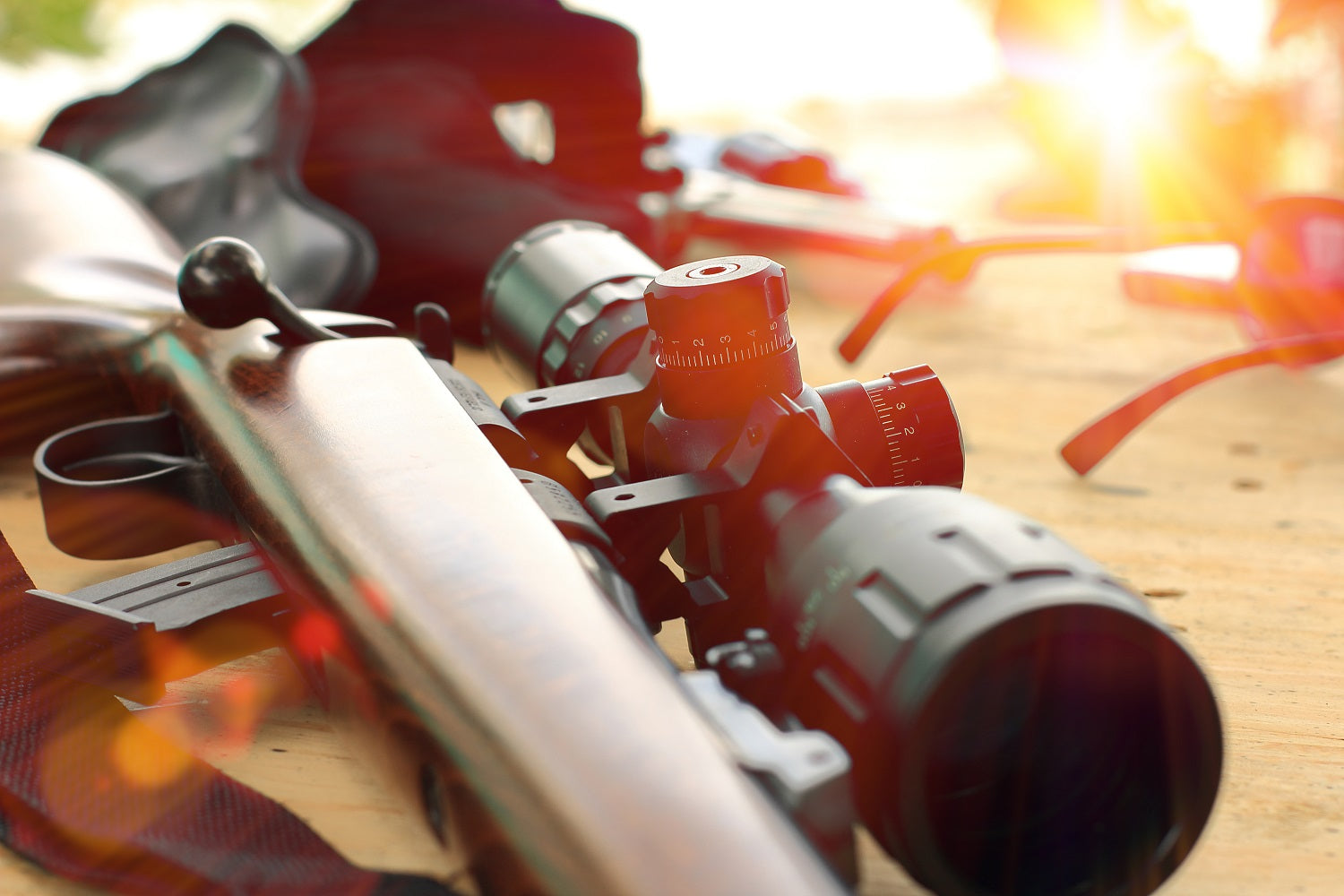Come visit our showroom - 35 Superior Drive, Dandenong South (Vic)
Our website is currently down for scheduled maintenance as we work to improve your experience. We appreciate your patience and apologize for any inconvenience this may cause.
In the meantime, if you’d like to book a safety course, please give us a call at (03) 9706 4037 or email us at sales@apexfd.com.au
— we’re happy to help!
Thank you for your understanding,
— The Apex Fire & Safety Team
Many new brands and products in store including night-vision optics, clothing and outdoor gear, hunting and firearms.

Sporting Shooting
A wide range of sporting firearms including shotguns, handguns and rifles.

Hunting
Hunting rifles, scopes, accessories, clothing and advice.

Accessories
Scopes, safes, reloading equipment, cleaning and maintenance tools and supplies, knives, optics and much more!
Contact us: (03) 9706 4037 or sales@apexfd.com.au
Firearms Dealers Licence 857-313-50F
